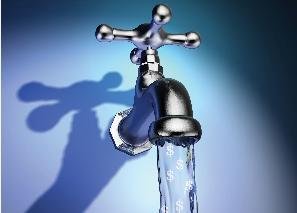Dredging is an underwater excavation process. Essentially it is clearing out any debris or sediment in waterways and at the bottom of larger bodies of water, like lakes, ponds, lagoons and rivers. Companies use this process frequently in industrial areas and enjoy the commercial benefits. But there are also lasting environmental benefits to consider. Here are the top 3 benefits of dredging:
Protecting ecosystems: By removing harmful substances like trash, sludge and other pollutants, dredging not only improves water quality but allows for the restoration and protection of underwater ecosystems. What is removed can also be used in other areas; for example, sand can be returned to beachfronts that have suffered from storms and winds. Or, some otherwise toxic material can be placed in another environment where it is actually helpful.
Preventing flooding: With dredging, canals and other waterways have a lower risk of flooding. When waterways have to compensate for excess debris or sediment, this can cause an overflow during even a mild rain. Removing these blockages allows the waterway to hold and move water through its watershed system without incident.
Urban development: Dredging keeps waterways clear for construction, shipping and other commercial projects. But it also plays a part in expanding infrastructure. That’s because the sediment removed by dredging is dried out and then reused as construction material in building projects. This sustainable practice aids in restoring land and building new communities.
If you’re looking for a vendor or contractor for a dredging job you can contact us here. For more interesting articles on similar topics visit our blog page.

